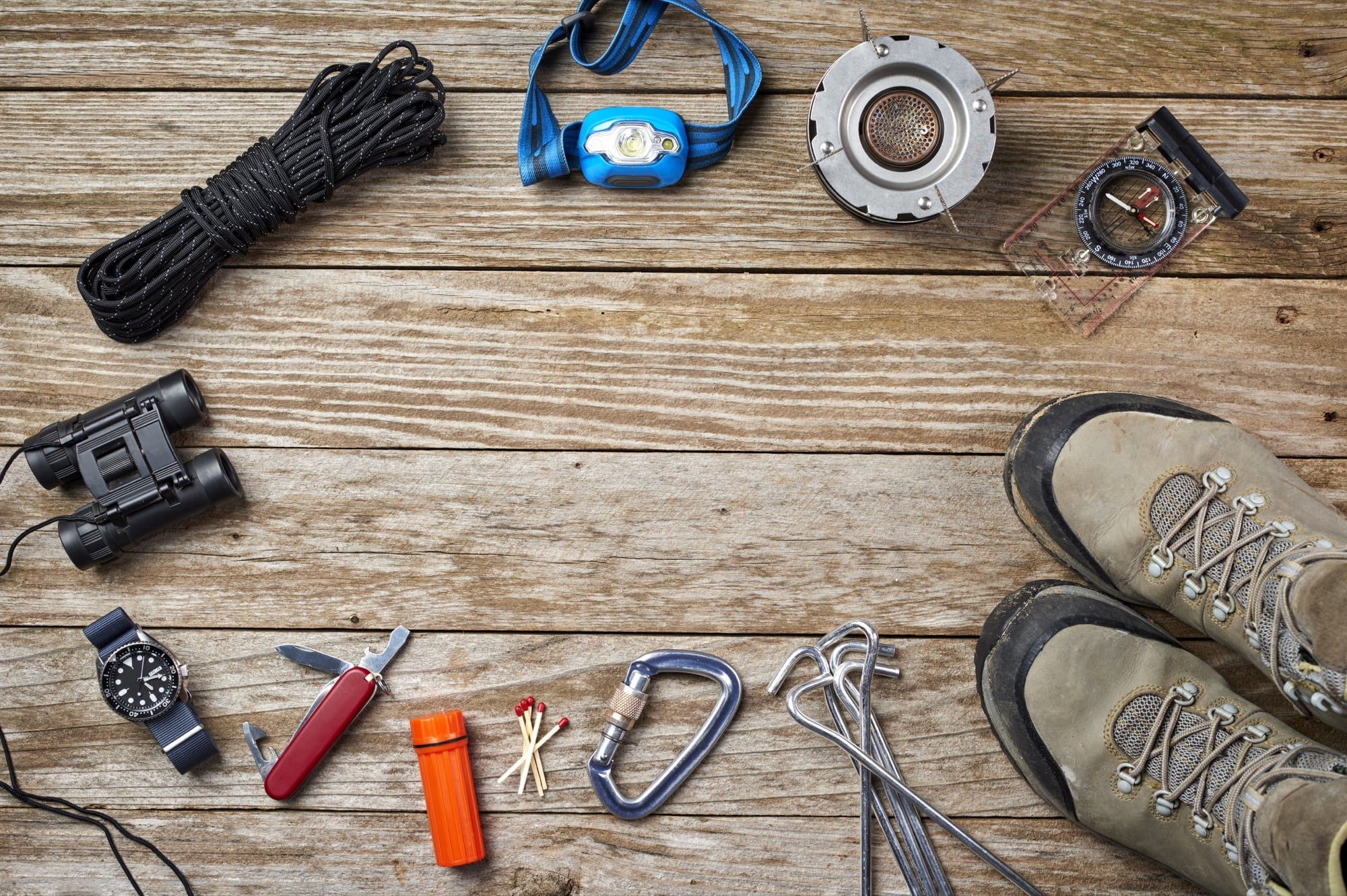 If you’re interested in getting into a new sport this winter and have access to snow-covered wilderness, consider cross country skiing. Cross country skiing differs from recreational skiing in that the skier depends on themselves for locomotion and must move with the skis uphill as well as gliding downhill. Cross country skiing is closer to the core of the original purpose of skiing, which was to remain firmly above the snow while moving with the help of specialized poles. Skiing was once a critical form of transportation in snowbound areas, and remains so in some remote places today.
If you’re interested in getting into a new sport this winter and have access to snow-covered wilderness, consider cross country skiing. Cross country skiing differs from recreational skiing in that the skier depends on themselves for locomotion and must move with the skis uphill as well as gliding downhill. Cross country skiing is closer to the core of the original purpose of skiing, which was to remain firmly above the snow while moving with the help of specialized poles. Skiing was once a critical form of transportation in snowbound areas, and remains so in some remote places today.
Cross country skiing is a popular sport and one way to explore undeveloped areas. For a skilled practitioner, it can be easier to ski over open places that might have been covered with debris and brush in the summer. Skiing is easiest with fresh snowfall, and higher snow helps cover summertime obstacles. Travel is often faster than walking, especially over open areas with gentle contours.
Traveling uphill takes substantially more effort, and locomotion is achieved by inserting ski poles ahead of the body and then thrusting backwards with the arms. It is also possible to push with one leg that is being stabilized with a pole while the other scoots forward. It is much easier to push with both ski poles, although experts are fond of skate-skiing as it can be faster.
Although considerable effort must be exerted to climb a hill, the reward is being able to glide down the other face. Care must be taken to choose a gentle slope, and almost any slope at all will allow the skier to move forward by the force of gravity. When crossing a hilly landscape, skiers must often navigate in a zigzag pattern. This is simply so they can take the best advantage of the landscape to maximize safety and the distance they can glide.
 Cross country skiing is typically safer than downhill skiing, primarily because most of the time is spent at low velocities and the skier can choose between steep and gentle slopes on hilly ground. Hazards include the cold weather and exposed skin impacting ice when moving at speed. Proper apparel should be well insulated, and a mask of some sort should be worn to protect the face,. Goggles are preferable for safety against airborne ice particles hitting bare eyes, but clear or tinted sunglasses will also provide protection.
Cross country skiing is typically safer than downhill skiing, primarily because most of the time is spent at low velocities and the skier can choose between steep and gentle slopes on hilly ground. Hazards include the cold weather and exposed skin impacting ice when moving at speed. Proper apparel should be well insulated, and a mask of some sort should be worn to protect the face,. Goggles are preferable for safety against airborne ice particles hitting bare eyes, but clear or tinted sunglasses will also provide protection.
Images via Greenland Travel, richpalpine




